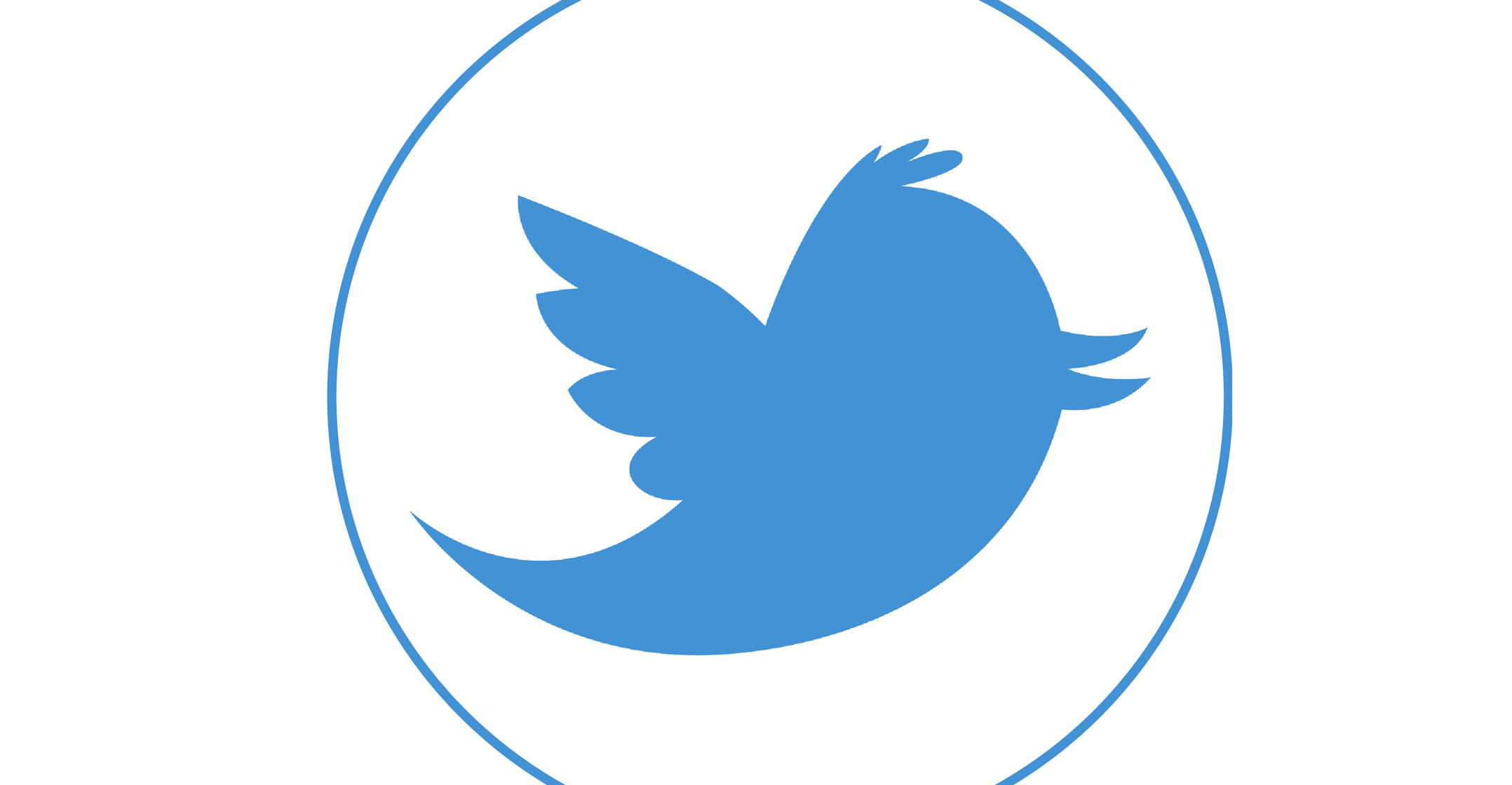 Twitter is showing its users more ads. That’s a clumsy approach to boosting advertising revenue in an age of sophisticated micro-targeting, and it shows the weakness of Twitter’s business model.
Twitter is showing its users more ads. That’s a clumsy approach to boosting advertising revenue in an age of sophisticated micro-targeting, and it shows the weakness of Twitter’s business model.
The problem is that Twitter fosters fleeting engagements with its users. Sure, people like to flip quickly through 280-character fragments of #thin content. But that isn’t necessarily good for advertisers who want to hook users and draw them off-platform. Moreover, unlike the ad behemoths Google and Facebook, Twitter doesn’t learn much about its users as they interact with the site.
Like every Internet platform, Twitter knows more about us than we might think. Every page with a “share on Twitter” button uses cookies to let Twitter know what we’re reading — and that alone is enough to infer demographics and other information about our interests.
But that’s nothing compared to what Google and Facebook can do with fine-grained data about user interactions. Google learns through Gmail that your cousin just bought a cool tech gadget, and figures you might soon be in the market for one, too. Facebook knows that you asked friends for wallet recommendations, and suddenly you’ll start seeing ads for slim microfibre models.
By contrast, Twitter’s superficial messaging and sparse platform design makes inference about users difficult. In many cases, the platform may not even know whether someone you follow is friend or foe (or just amusing). And Twitter lists are hard to manage, so many people use the “like” option as an all-encompassing bookmark. Meanwhile, Twitter’s subpar direct messaging feature more or less discourages one-on-one interactions.
Last thing it needs
The last thing Twitter needs is to put more poorly targeted advertising in front of users and clients. Why not look instead for some other path to advertising success, like LinkedIn’s focus on offering direct messaging opportunities to recruiters and other premium customers?
Even better might be to move beyond an all-ad business model. Twitter could potentially invest in high-quality content like Netflix (although that would take a lot of work, since these days Twitter content seems to be going in the opposite direction). Or perhaps the platform could adopt some sort of concierge service, producing curated information and analytics for corporate clients (although Twitter would have to do this without accidentally leaking user data). The company might even try selling the right to edit tweets.
Whatever the case, Twitter can’t beat the giants at mass data harvesting. Nobody can. And that means it will have to try harder than just scaling up its current ad model. — Reported by Scott Duke Kominers, (c) 2019 Bloomberg LP




